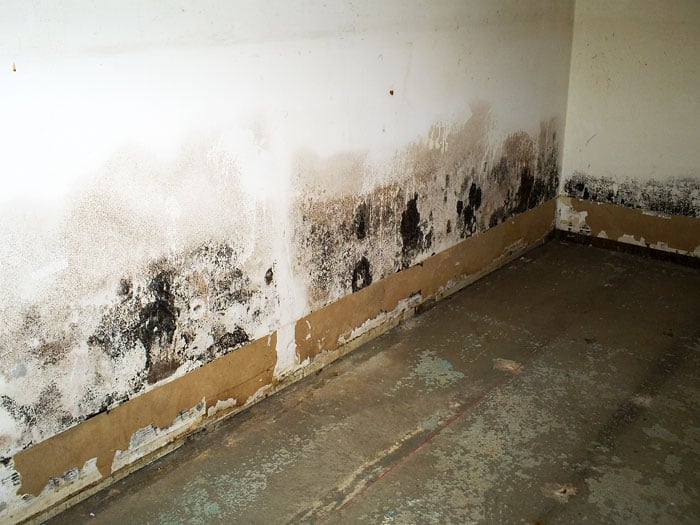Do's & Don'ts of Water Damages.
Do's & Don'ts of Water Damages.
Blog Article
We have discovered this post on Reducing Your Risk Of Water And Fire Damage At Home down the page on the internet and reckoned it made sense to write about it with you on my blog.

Water provides life, water breach on parts where it's not meant to be can result in damages. Homes with water damages scent moldy as well as old.
Water can come from numerous sources such as hurricanes, floods, burst pipelines, leakages, as well as sewage system concerns. In case you experience water damage, it would be great to recognize some safety preventative measures. Here are a few standards on how to take care of water damage.
Do Prioritize Home Insurance Coverage
Water damage from flooding because of hefty winds is seasonal. You can also experience an abrupt flooding when a faulty pipe unexpectedly ruptures right into your home. It would be best to have house insurance that covers both acts of God such as natural disasters, as well as emergency situations like damaged plumbing.
Don't Forget to Switch Off Utilities
In the event of a disaster, particularly if you reside in a flood-prone location, it would be recommended to shut off the main electric circuit. This removes power to your whole residence, avoiding electric shocks when water comes in as it is a conductor. Don't fail to remember to transform off the main water line shutoff. Furnishings will move about as well as create damage when floodwaters are high. Having the main valve turned off protects against more damage.
Do Remain Proactive as well as Heed Weather Condition Alerts
Pay attention to evacuation cautions if you live near a river, creek, or lake . Doing so minimizes possible property damage.
Do Not Ignore the Roofing System
You can avoid rainfall damages if there are no holes as well as leaks in your roofing. This will stop water from flowing down your walls and also soaking your ceiling.
Do Focus On Tiny Leaks
A ruptured pipeline doesn't happen over night. You might discover gurgling paint, peeling wallpaper, water streaks, water discolorations, or dripping sounds behind the wall surfaces. Have your plumbing fixed before it results in large damage.
Don't Panic in Case of a Ruptured Pipeline
Keeping your presence of mind is essential in a time of dilemma. Stressing will just intensify the trouble due to the fact that it will certainly stifle you from acting fast. Timing is essential when it comes to water damages. The longer you wait, the even more damages you can anticipate. Hence, if a pipe bursts in your home, right away turned off your major water valve to cut off the source. After that disconnect all electrical outlets in the location or shut off the circuit breaker for that part of the house. Call a reliable water damage reconstruction professional for support.
Water provides life, water invasion on parts where it's not intended to be can result in damage. Houses with water damages smell old as well as mildewy.
Water damage from flood fees to heavy winds is seasonal. You may observe gurgling paint, peeling wallpaper, water streaks, water spots, or leaking sounds behind the wall surfaces. When it comes to water damage, timing is crucial.
Some Do's & Don't When Dealing with a Water Damage
DO:
Make sure the water source has been eliminated. Contact a plumber if needed. Turn off circuit breakers supplying electricity to wet areas and unplug any electronics that are on wet carpet or surfaces Remove small furniture items Remove as much excess water as possible by mopping or blotting; Use WHITE towels to blot wet carpeting Wipe water from wooden furniture after removing anything on it Remove and prop up wet upholstery cushions for even drying (check for any bleeding) Pin up curtains or furniture skirts if needed Place aluminum foil, saucers or wood blocks between furniture legs and wet carpet Turn on air conditioning for maximum drying in winter and open windows in the summer Open any drawers and cabinets affected for complete drying but do not force them open Remove any valuable art objects or paintings to a safe, dry place Open any suitcases or luggage that may have been affected to dry, preferably in sunlight Hang any fur or leather goods to dry at room temperature Punch small holes in sagging ceilings to relieve trapped water (don't forget to place pans beneath!); however, if the ceiling is sagging extremely low, stay out of the room and we'll take care of it DO NOT:
Leave wet fabrics in place; dry them as soon as possible Leave books, magazines or any other colored items on wet carpets or floor Use your household vacuum to remove water Use TV's or other electronics/appliances while standing on wet carpets or floors; especially not on wet concrete floors Turn on ceiling fixtures if the ceiling is wet Turn your heat up, unless instructed otherwise

I was introduced to that article about 5 Home Safety Tips To Reduce The Risk Of Fire And Water Damage through a friend on our other web address. Make sure you take the opportunity to share this post if you enjoyed reading it. I cherish reading our article about Ways to Reduce The Risk Of Fire And Water Damage.
Report this page